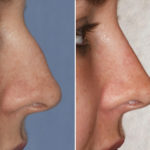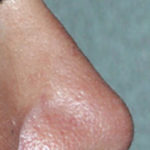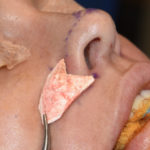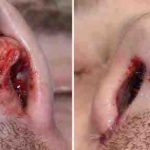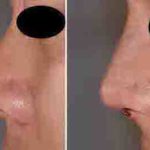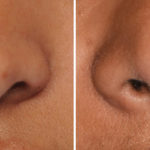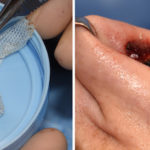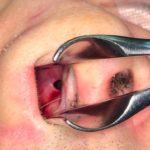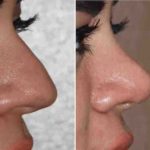Plastic Surgery Case Study – Secondary ePTFE Implant Onlay Over Diced Rib Graft Nasal Augmentation
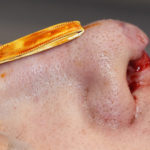
Background: Dorsal augmentation is done for a wide variety of structurally deficient noses. When the amount of dorsal augmentation is small, the patient’s septum or ear harvest sites will produce adequate volume. But when the augmentation requirements are significant, rib grafts are needed if an autologous approach is desired. Rib grafts have a long history Read More…



